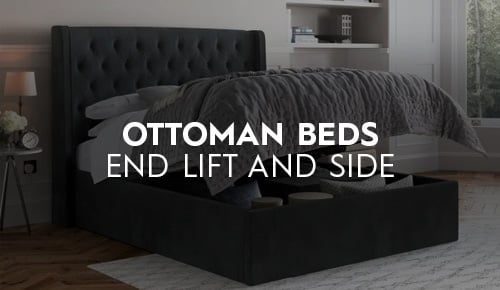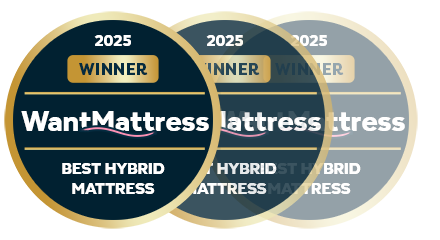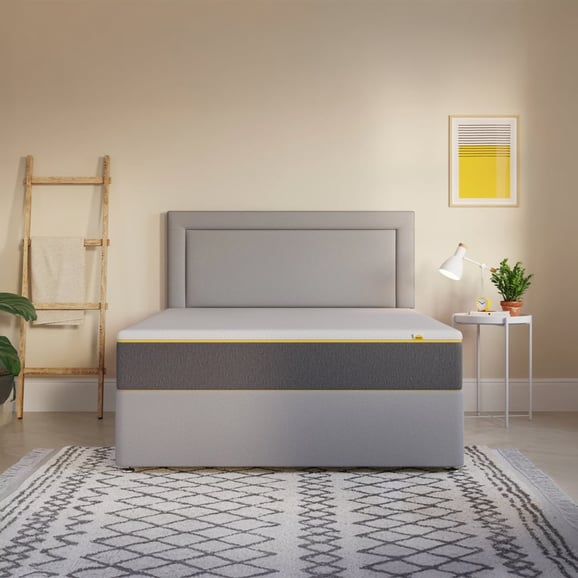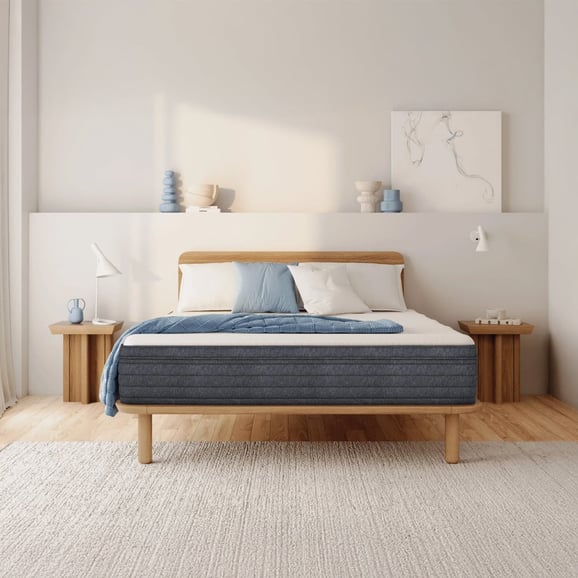Suffering from kyphosis can make sleep a challenge. The excessive curvature of the spine can lead to discomfort and pain, making it crucial to find a mattress that provides the right support and comfort. In this comprehensive guide, we'll explore the top factors to consider when choosing a mattress for people with kyphosis, ensuring you find the perfect match to improve your sleep quality and alleviate pain.
Kyphosis, a spinal deformity characterised by an abnormal outward curvature of the upper back, can cause discomfort and back pain, especially when lying down. The condition can be congenital, develop during adolescence, or result from degenerative conditions in adulthood. No matter the cause, finding the right mattress can significantly improve sleep quality and provide much-needed relief from pain.
A mattress that offers proper support is essential for kyphosis sufferers as a supportive mattress maintains the natural alignment of the spine and helps distribute body weight evenly, reducing pressure on sensitive areas. When selecting a mattress, consider the following factors:
The Right Mattress Tension Level For Kyphosis
The right firmness level depends on your body weight, sleeping position, and personal preference. As a general guideline:
- Lightweight sleepers (under 130 lbs): Soft to medium-firm mattresses
- Average weight sleepers (130-230 lbs): Medium to medium-firm mattresses
- Heavyweight sleepers (over 230 lbs): Firm to extra-firm mattresses
Your preferred sleeping position also impacts the ideal mattress firmness:
- Side sleepers: Soft to medium-firm mattresses for pressure relief
- Back sleepers: Medium to firm mattresses for spinal alignment
- Stomach sleepers: Firm mattresses to prevent sinking
Mattresses that conform closely to the body can provide excellent pressure relief, reducing discomfort and pain caused by kyphosis. Memory foam and latex mattresses are popular choices for their contouring abilities and pair particularly well with a good quality pocket spring base. Look for a mattress with a responsive surface that adapts to your body's shape, relieving pressure points and providing customised support.
Temperature Regulation and Kyphosis
Sleeping hot can exacerbate discomfort and pain, so it's essential to choose a mattress with good temperature regulation. Innerspring and hybrid mattresses, with their coil systems, tend to sleep cooler than all-foam mattresses. If you prefer the feel of foam, opt for mattresses with cooling gel-infused memory foam, open-cell foam, or phase-change materials to promote airflow and dissipate heat.
Importance of Motion Isolation and Edge Support
If you share your bed with a partner, consider the mattress's motion isolation and edge support. Motion isolation minimises disturbances when one person moves, allowing both partners to sleep undisturbed. Memory foam and latex mattresses excel in this area. Edge support is crucial for those who sit or sleep near the edge of the bed. Innerspring and hybrid mattresses typically have better edge support than all-foam options.
Final Thoughts
Living with kyphosis can make finding the right mattress a daunting task. However, by considering factors like support, firmness, contouring, temperature regulation, and mattress type, you can make an informed decision and significantly improve your sleep quality. Don't forget to take advantage of sleep trials and warranties to ensure you're making the best investment for your health and well-being. With the right mattress and sleep accessories, you can alleviate pain and enjoy a comfortable, restorative night's sleep.














